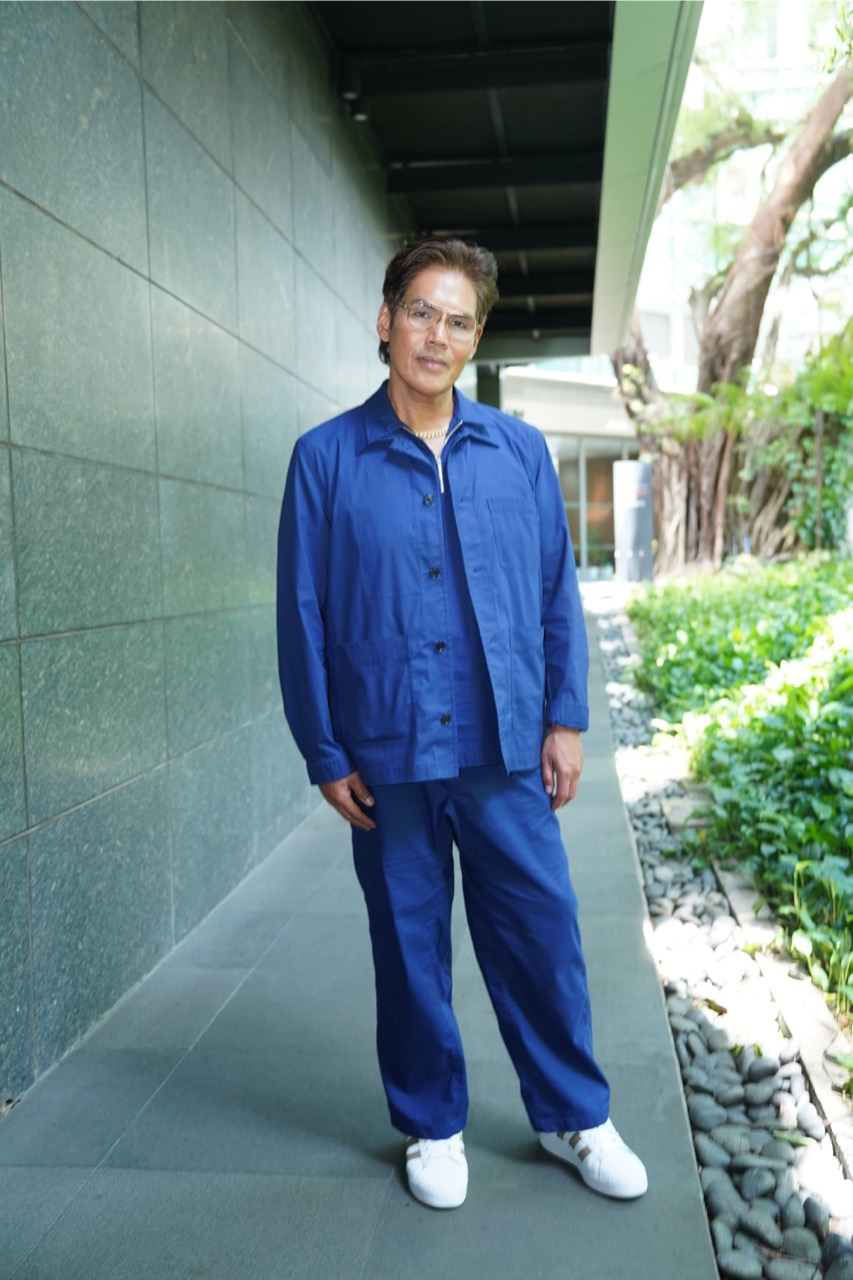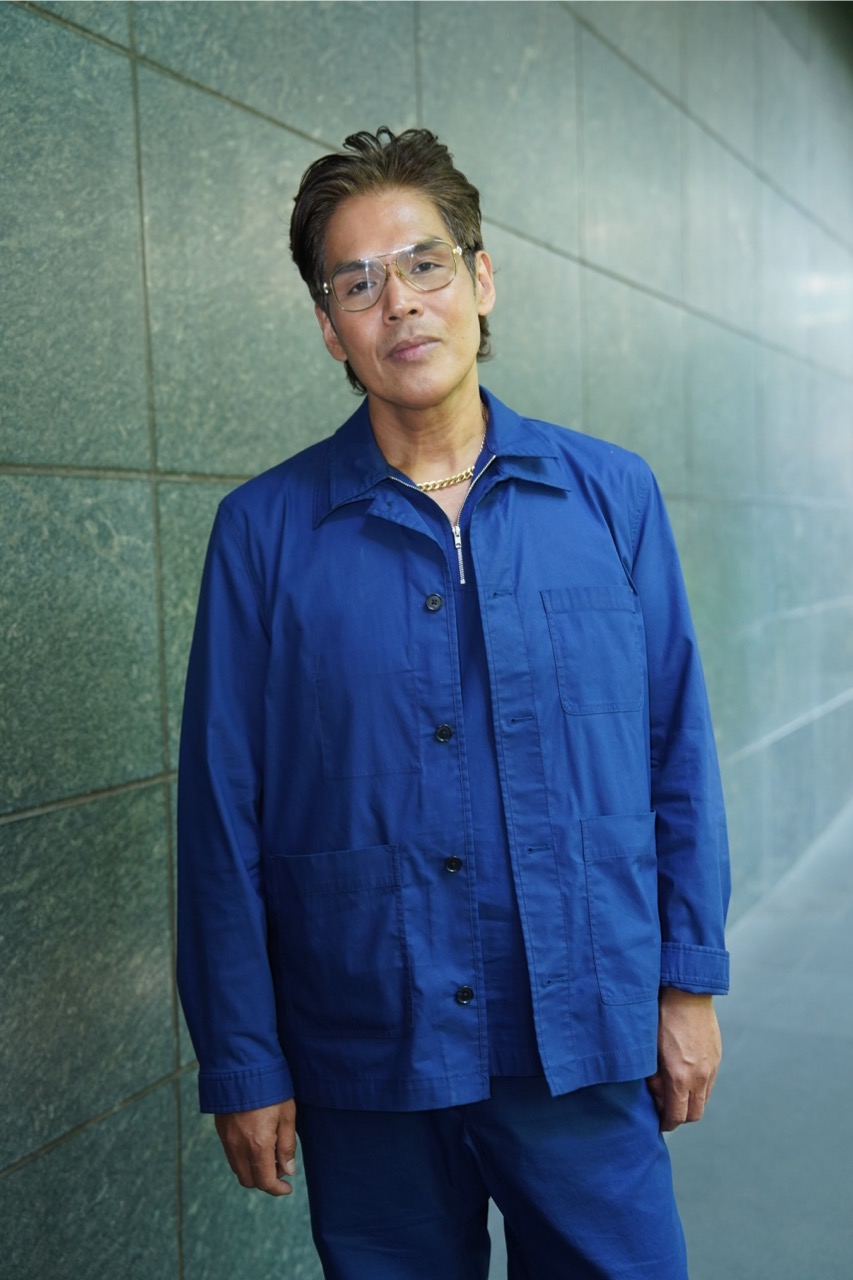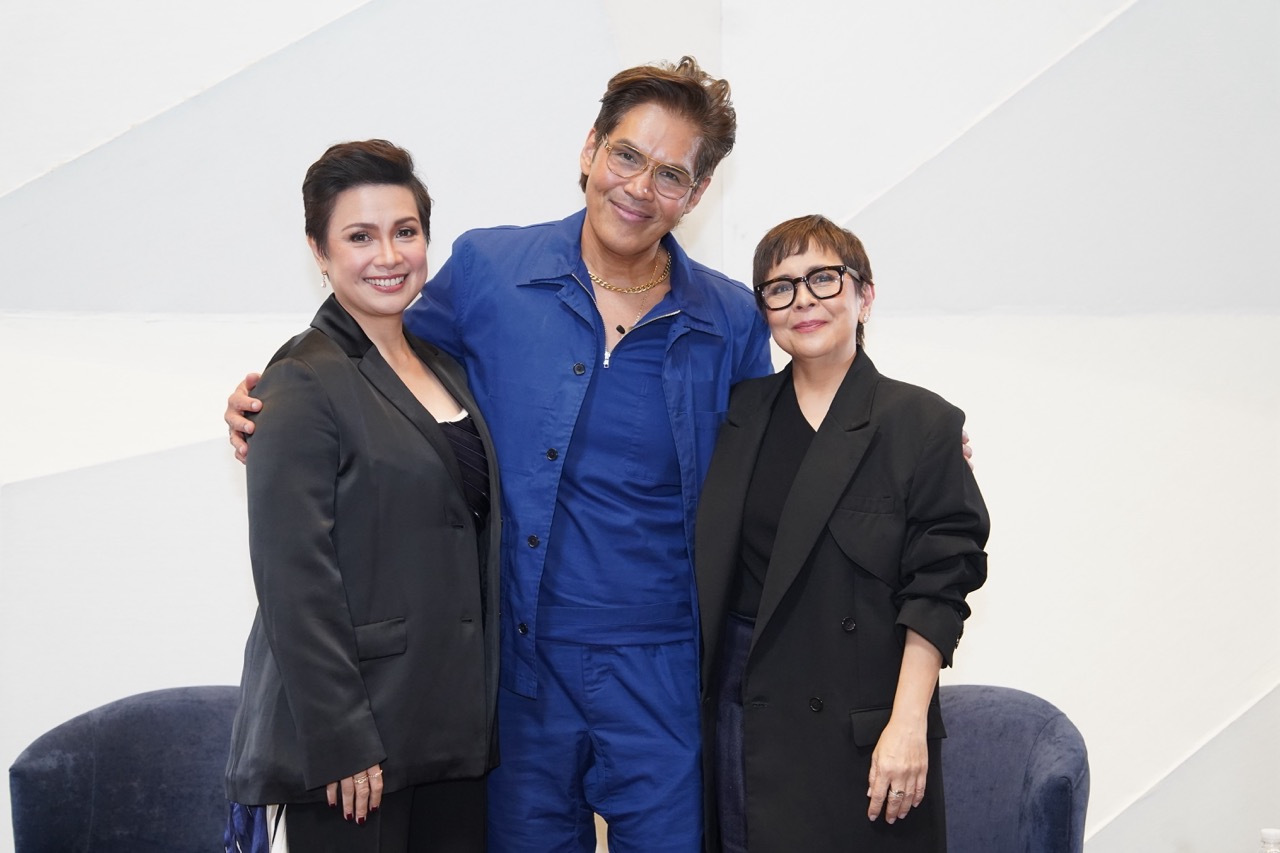Get to know the Tony Award-winning costume and set designer Clint Ramos as he shares his beginnings, triumphs, and challenges.
Sylvia Plath, in her book The Bell Jar, used the Fig Tree as a metaphor for decision-making and choosing a path in life—either you choose one fruit and let the other rot or take a long time and watch all the fruits fall and rot. On the other hand, Kailin Liu of the University of Chicago Law School talked about ways to outsmart the fig tree in her essay—she mentioned that it is not about how high you launch yourself to have a chance of getting the other fruits, it’s not about clenching your teeth and showing strength when shaking down the tree. The answer to the fig tree dilemma is confidence in someone to hold down a branch and assist you in reaping the rewards of your labors.
READ ALSO: Lifelines Of Love: 4 Women Share Their Bond, And The Beauty Of Female Friendship
Picking out the best fruit from your fig tree is truly a dilemma. Each fig is a fruit of hard work, dedication, and fostering relationships. However, for Clint Ramos—he found a way to shake the fig tree and reap all the fruits of his labor. The award-winning costume and set designer gave Lifestyle Asia an exclusive interview, sharing his beginnings, triumphs, and learnings.

Planting The Seeds
Like the towering trees that started as seeds, Clint Ramos’ story began in Cebu. Before becoming the renowned designer he is now, he was once a little kid growing up in the Queen City of the South.
Being the eldest of his four siblings, he was expected to follow in the footsteps of his family members. “I was always artistically inclined, although, you know, I come from a family of lawyers and politicians, primarily in Cebu and Bohol,” he mentions. However, his gravitation to the arts is somehow influenced by his mother—for she is an avid supporter of the arts.

Though it is usual for creatives to foster their talent, Clint’s creativity started to take root in school. “I think, you know, my exposure, really, to the theater and the arts, you know, was basically what we all were exposed to, which is sort of elementary school pageants and programs,” he stated.
Furthermore, during his high school years, he gave his family a window of hope, determined to take the political and legal path, but his grades showed otherwise. “It became more evident that the arts were where I was leaning towards. You know, like my literature classes and all of that were really high.”
Taking Root
Trying to pick a fig in the tree, Clint attempted to pursue what he was expected of—he started college with a political science degree. However, determined to pick a fruit that would satisfy his hunger for creativity, he shifted to theater arts in the middle of the first semester. Referring to his mother, “I had written her this kind of like long letter about how I wasn’t pursuing that [political science], and how I am sorry about that, but also grateful. I made a promise that whatever I was going to do, I was going to do it with the best effort I could.”

As he shifted to a program that he felt he would excel in, Clint met some of the people who helped him find his way through theater. “So when we were training in UP and Dulaang UP, I learned under Tony Mabesa, Ben Cervantes, Rolando Tino. He would come and teach courses at UP and Alex Cortez and Floy Quintos, those were kind of like my elders,” he mentioned.
“I think all of them also were instrumental in telling me, ‘Hey, if you really want to pursue and professionalize what you’re doing’… ‘I don’t think we can offer you anything here as far as world theater anymore… You know, we can’t. I think, go and, you know, go learn, go learn about the world.’ And that’s how I ended up in New York,’” he shared.
Sweet and Sour
Picking the fruit that led him to New York, Clint experienced highs and lows in the Big Apple. When he was starting, he struggled as a person of color and braved his way through New York City. Moreover, he shared how going against an oppressive system prevented him from finding work faster. “I experienced a different kind of, um. Uh, bias, you know. And many times, just by looking at me or looking at my last name, they didn’t feel that I was appropriate for a lot of shows,” he shared.
Being queer and having his first taste of ultimate freedom was a challenge for him. During the time he moved to the States, it was the height of the AIDS epidemic. “You were free to explore your sexuality because you were in New York, you know, you were no longer in the Philippines. But at the same time, there was like, this kind of like, dark cloud over it, you know. We were all young and we were lost, you know, we were both creating art and finding ourselves,” he shared.

Moving to a foreign city was not at all bad for Clint. He eventually found a community where his talents were welcomed. “This amazing theater artist, like a giant in American theater named George C. Wolfe, a director was running the Public Theater, and, you know, he took me under his wing, you know, and just like really created a home there, I’ve designed maybe close to 30 shows at that theater ever since.”
Reaping the Fruits
All his hard work came to fruition when Clint won his first award. In 2009 he received the Irene Sharaff Young Master Award. “I remember my father had come from the Philippines and was super proud. I’ve never seen him that proud,” he reminisced. Seeing his father be there with him was also a sweet treat for him. Since his father was the one who convinced his mom to let him pursue this path.

In 2016, when Clint won his first Tony Award, his father had already passed. “When I won the Tony, it was bittersweet, because I couldn’t share that with him.” His win was monumental for he is the first person of color, specifically a Filipino, who won the Tony Award for Best Costume Design in a Play.
His triumph is a win for every Filipino designer—whether in the theater or fashion scene. It is a testament to the greatness that Filipino creativity can reach. Furthermore, he serves as an inspiration to all queer kids who are still finding their path in this journey called life.
Human Condition
Today, he is working on his latest project Request Sa Radyo. “It really is about human behavior. And, this is a slice of the life of a Filipina migrant worker, a health worker. We’ve gotten the blessing to transpose the play into the Filipino condition, right? And it’s this beautiful meditation on what happens when somebody feels alone,” he says as he discussed the play briefly.

It is an exciting project with Dolly De Leon and Lea Salonga, as well as a monumental moment for each artist as this is Dolly’s comeback to theater and Lea’s first non-musical play. Both artists complement Clint’s vision, as his design and theater philosophy revolve around the human condition. The highly anticipated production will no doubt showcase the intersectionality between art and life coming alive through his designs—and we cannot wait to watch.
All photos courtesy of Visions and Expressions.





